
Block - A set of stamps still connected together by their perforations. Typically they are a set of four stamps but this number can vary.
Bourse - A meeting of stamp collectors, buyers, sellers and traders. Also covers and other stamp related materials.
Canceled - A canceled stamp is a stamp that has been put through the mail and has a cancellation mark on it.
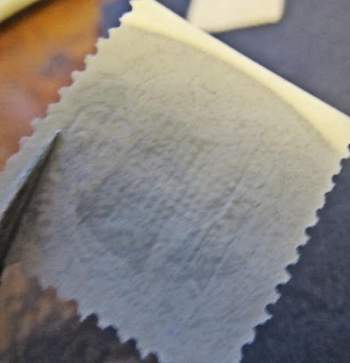
Grill - This is a pattern of embossed semi perforations on a stamp. These were done on some very early stamps as a means of preventing re-use of stamps. With this grilling the cancellation of a stamp would allow the ink to flow into the fibers of the stamp making it impossible to wash off the cancel and re use the stamp. This practice was only done to some stamps between the 1860's and 1870's.
There are different types of grills defined by the waffle pattern created.
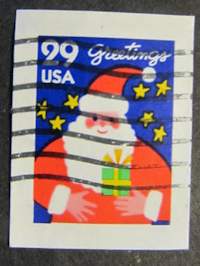
Imperforate - A stamp with no perforations.
Mint/Used: These are terms to define the quality of a stamp. Mint means brand new with no damage and has never been used. Used means it has some wear.
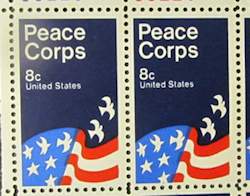
Perforations: Are the series of holes around stamps. You carefully tear these to separate stamps. Perforations come in different sizes. They are measured by how many perforations within a 2 centimeter length. For example, if there are 12 perforations within this length then the perforation size is 12.
Some common perforation sizes for US stamps are 8.5, 9,10, 11 and 12
And, Peforation can vary. The sides of a stamp can have a different gauge than the top and bottom of a stamp. This difference is denoted in catalogs with the horizontal perforations first and the vertical perfs second. For example a stamp with perforations of 11 x12 would have 11 perforations along the top and bottom and 12 perforations along the sides.
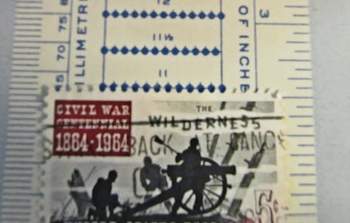
Perforation Gauge: This is a tool used to measure the perforation of a stamp. Here is a combination perforation gauge and soak tray on amazon Lindner Stamp Collecting Perforation Gauge Phila-Combi - Revolutionary #2099
This picture shows a stamp on a perforation gauge. It reads a perforation of 11. Notice how the perforations on the stamp match up nicely with the gauge dots.
Philately - The art and hobby of collecting stamps. A person who does this is called a Philatelist.
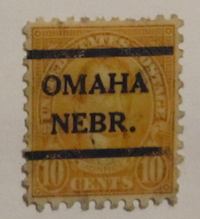
Pre-cancelled - These are stamps that were cancelled by the Post office before they were sold. This was something done to speed up the mailing process. Companies that put out large amounts of mail such as catalogs would buy pre-cancelled stamps. That way they could go right into the mail rather than wait periods of time, days or more for the catalogs to be hand cancelled by postal employees.
You can tell a pre-cancelled stamp by the two horizontal bars and the name of the city/state on it. The cancel will be very neat like this.
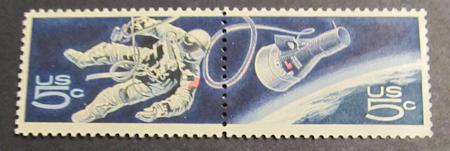
Se-tenant - These are two or more stamps on a sheet that are connected yet not of the same design.
Stamp Hinge - A small glued piece of glassine that is folded. Y wet it and attach it to the back of the stamp. Then you wet the other part of the hinge and attach it into your stamp album. The first picture shows a hinge. The second picture shows a hinge attached to the back of a stamp. Generally this can reduce the value of a stamp. But is inexpensive and popular.
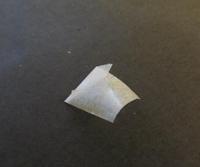
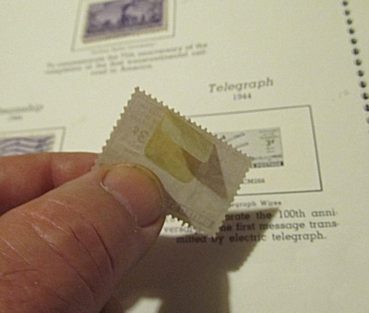
Topicals - This is the word that describes collecting stamps by subject. For example I collect castle stamps. Other popular topicals include butterflies, lighthouses, dogs, cats and more. I have various topicals for sale here. And if you want to check out my collection of castle stamps I have more about it here.
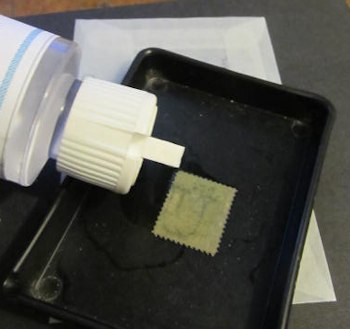
Watermark - This is a secret mark on the backs of stamps. It was embossed into the paper before the stamp was printed.
They were used by the US Postal service on some stamps between the years 1895 to 1916. Typically you need some kind of watermarking fluid to bring out the mark so you can see it.
Stamp mount - This is a better way to mount your stamps into a book. It is a little plastic sleeve that is clear on the front. You glue it into the book and then you can slide the stamp into it without applying any glue or moisture to the stamp. It avoids hinge damage and protects the stamp better. It is also more expensive than hinges. These mounts come in different sizes for different size stamps.
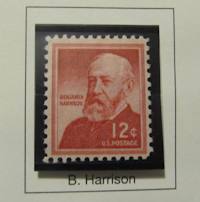
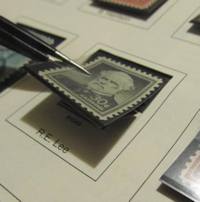
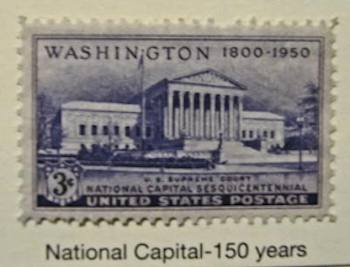
Commemorative - This is a stamp that commemorates something. It can be a person, place, thing or anniversary of something. Often times these stamps are larger than the average circulated stamp.
The Stamp to the left commemorates 150 years of the national capital.
Commemorative stamps are not issued regularly. And when issued they are only available for a limited period of time, sometimes a year.

Definitive - These are the commonly issued stamps that are used for typical every day postage. They are often in circulation and used for many years.
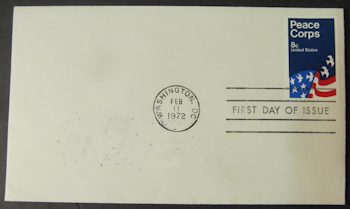
First day of Issue / First day cover - This is the very first day that a new stamp is made available. It can often be accompanied by events or celebrations. And there is a special program where on this day you can specially request a letter with the stamp be canceled with a stamp that stays "First Day of Issue". That envelope would be called a first day cover. These are collectible items. A
First day covers will often have special artwork on the envelope that accentuates and compliments the stamp.
This first day cover/issue was postmarked on the day the Peace Corps stamp was made available (Feb 11, 1972) and it was marked with the First Day of Issue Cancellation.
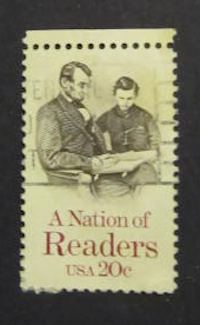
Selvage - This is excess paper around a stamp, on the other side of the perforations. It is a by product stamps being printed in large sheets. Generally it is good to leave the selvage on a stamp. It can sometimes increase the value of the stamp or stamp set, particularly if the sheet number is on the selvage.
This stamp at left has a small strip of selvage along the top.

Glassine envelopes - These are semi transparent envelopes that are commonly used by stamp collectors. They come in many different sizes. (On Amazon: 100 Glassine Envelopes #3 ) )
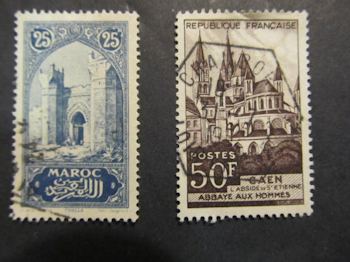
Topicals - This is a term that refers to stamps within subjects. Some examples of topicals would be stamps with birds on them or stamps with cats on them, stamps with castles or space stamps. I personally collect four different topics: Bonsai, Castles, Astronomy and Knights. If you want to collect topicals you generally will get a stockbook to keep them in.
The picture here at left shows two stamps from my castle topical collection.

Stamp Tongs/Stamp Tweezers - A tool much like a pair of tweezers used to handle stamps. They typically have a flattened or rounded end. They are used to minimize damage to stamps when handling. Even just touching stamps can damage them over the long term by depositing oils on them from your skin. If you are savvy to keeping a stamp collection with a monetary value you should get a pair of stamp tongs. (On Amazon: Squadron Products Stamp Point Tweezer ) )
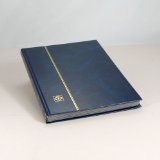
Stockbook - A specially made stamp album with generic ways of storing stamps. These are usually rows of clear plastic that you slide the stamps under yet you can still see them. (On Amazon: Lighthouse Hardcover Stamp Album Stockbook With 32 Black Pages, Blue, LS4/16 ) )
I keep my topicals in stockbooks.
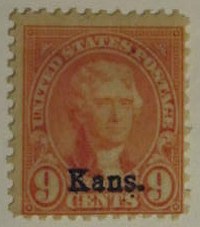
Overprints - These are typically a regular issue stamp that has been specifically overprinted with text. This was done for a variety of reasons including changing the demonination of the stamp, changing where it can be used or simply for postal administrative purposes. The Kansas Overprints are a popular and well known series of overprint stamps.
Perfins - Perforations in stamps usually in the form of letters or abbreviations. These were often put into stamps by companies and organizations to discourage theft. Another term for perfin is the acronym SPIFS which is Stamps Perforated with Initials of Firms and Societies.
Spall or spalling - A small amount of paper flaked or torn off but doesn't rip all the way through the stamp.
Common Abbreviations you will run into in stamp collecting:
BoB - (Back of Book) This refers to things like Airmail and postage due stamps
CTO - Cancelled To Order
DG - Disturbed Gum
FDC -(First Day Cover)
FFC - First Flight Cancel
F -Fine
H - Hinged
HH - Heavily Hinged
Imp or Imperf - (Imperforated)
LH - Lightly Hinged
MNH - (Mint Never Hinged)
MLH - (Mint Lightly Hinged)
MH - (Mint Hinged, usually Remnant)
MNGAI - (Mint No Gum As Issued)
MNG - (Mint No Gum - but not issued as such)
NH - Never Hinged
NG - No Gum
OC - Off Center
OG - Original Gum
Pencil # - (Pencil writing on reverse of stamp, usually catalog number &/or price)
Perf - (Perforated)
Rem or Remnant - (Paper or Hinge Remnant on reverse of stamp)
RG - Regummed
SON - Socked on the Nose cancel
Used – Cancelled
VF - Very Fine
XF - Extremely Fine

Do you like making projects and exploring a variety of hobbies?
Sign up for my free newsletter. I give you regular updates on hobbies and projects you can make. it is totally free and I don't share your email with anybody.
|
![]()

























